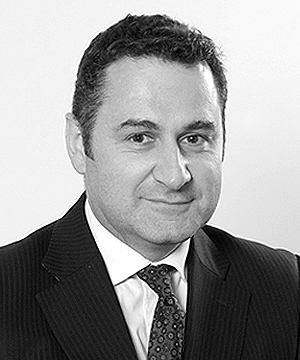£17 million settlement for child with cerebral palsy caused by negligent care at birth
Our clinical negligence team has recently settled a claim for a capitalised sum of £17 million on behalf of a nine year old child who suffers from cerebral palsy as a result of negligent treatment during her birth at a London hospital.
The claimant’s mother arrived at hospital late on 28 December 2008 in the early stages of labour at approximately 37 weeks’ gestation. A cardiotoccographic (CTG) monitoring trace was commenced to assess the baby’s wellbeing but the results were abnormal. The midwife informed the registrar who suggested that the membranes should be ruptured to observe the colour of the fluid. The registrar attended and performed an artificial rupture of membranes (ARM) following which meconium grade III was noted. Shortly afterwards, the CTG deteriorated and developed into terminal bradycardia. A decision to undertake an emergency caesarean section was made, but following delivery, the baby was lifeless and described as white and floppy, with no respiratory effort and no detectable heart rate. Umbilical cord blood gases indicated severe acidosis and a retroplacental blood clot was found which suggested that the cause of the hypoxia was placental abruption.
The claimant has a range of neurological impairments, and has been diagnosed with asymmetric dyskinetic cerebral palsy. She suffers from learning difficulties and memory impairment, hearing loss, epilepsy, and left-sided weakness. She requires assistance from a carer, along with therapy input from professionals in the fields of speech and language therapy, audiology, physiotherapy, orthotics, and educational psychology.
We were instructed by the claimant’s parents to investigate the potential claim. Our key allegation against the defendant trust was a failure to carry out an earlier ARM and to deliver the claimant by emergency caesarean section sooner. Supportive reports from experts in obstetrics, neuroradiology, paediatrics, midwifery and neonatology were obtained. Following an exchange of pre-action protocol correspondence, we achieved an admission of liability from the defendant. Expert evidence on the claimant’s condition, prognosis and the quantification of damages was obtained. The case was listed for trial in January 2019, but was finally settled at a recent round table meeting.
 Return to case studies
Return to case studies






